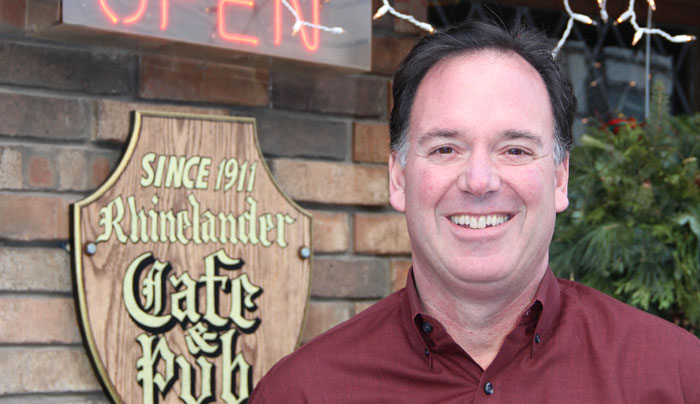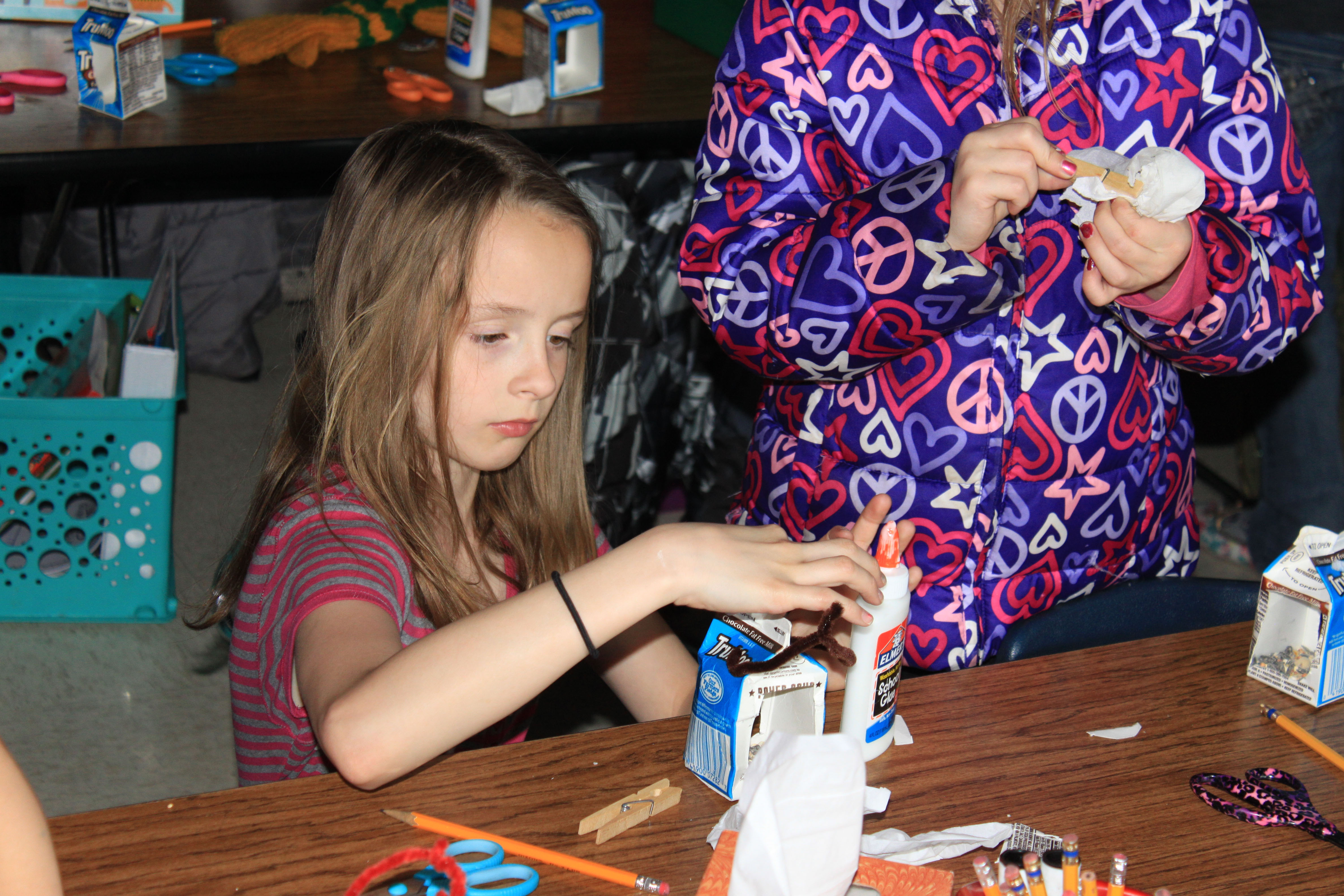Historically Speaking: Waiting for the mail

One of the highlights of our day was the arrival of the rural mail carrier. We knew his schedule and knew approximately the time he would arrive (in the summer, not during the snowy stormy winter days!). There were only a few times when our mail carrier did not make his delivery at all, and we knew that he had a very good reason.
We had a large metal mailbox, mounted on a sturdy cedar tripod. It was large enough to accommodate packages to keep them out of the weather until we could get them home. If the package was too large to fit into the mailbox, he would leave a slip requesting we be there to meet him the next day to claim the package.
I especially like the red flag on the mail box and was never happier than when I had the task of getting to the mailbox before he arrived so I could place the letters to be mailed, along with the money for the stamps in the mailbox. Remember when stamps were 3 cents for first-class postage? During school days we would leave this mail and money in the box on our way to school, and then on our walk home we picked up the day’s mail, usually some business letters for my father, perhaps a letter from one of our various pen pals, or better yet a letter from our grandma who lived in Denmark. When she wrote, she always included some colorful stickers and fancy stamps for us, along with her letter to my parents. We could not read Danish, so my mother would tell us or read to us her greetings. Often she would send a package of little trinkets, toys and knitted mittens, hats and scarves. How we enjoyed those packages with the foreign stamps and quaint handwriting! We were not allowed to open any mail before getting home, unless it was a personal letter to us.
In the 1920s I understand that there was a marine mail delivery route out of Rhinelander north on the Wisconsin River. I can just barely remember an old mailbox on our wooden dock and can hear the mail carrier chugging upstream to his patrons. By the time that I could remember well, it no longer existed; we had then what was called “Rural Free Delivery, “ or R.F.D. which later became a numbered rural route with the mail delivered by a car along the country roads. The beginning point was the Rhinelander Post Office. However, my brother who is older than I, remembers the marine mailman. He says he name was Alex Honger, and he delivered the mail directly to the mailbox on our dock. I have been told by some that the route continued well beyond the McNaughton Bridge. Do some of you readers remember the marine mail route up on the Wisconsin River north of Rhinelander?
In the hard, cold winters of the 1930s, I recall that many times our mailman Dan Foley could get no further than the McNaughton School, located on the corner of Bridge Street and old Hwy 47, next to Fredrich’s. He would leave the mail for those families who had kids in school who lived further on his route on River Road. We would be his “assistant mail carriers” on those wintry days when the roads were not blown in with drifts and the plow had not yet been able to clean all the main roads. Mr. Foley always had a large bundle for us—letters and newspapers. We passed around the newspapers in school and let the other kids read the “funnies,” but the mail we kept secure until we trudged home. Our father got lots of mail because of his silver fox farm business. Most of it was advertising, but we thought it was special that we got so much mail. A couple of times I can remember that the mailman did not make it through the drifts. The next day our mail was doubled and the newspapers were old, but it was “new” news to us.
During summer vacation we had to make a daily trip to our rural mailbox, which was about three-fourths of a mile from our home, up our private road to what is now River Road. This was a time of wonder and expectation as we sat by the roadside watching ants and grasshoppers, looking for four-leaf clovers and fashioning dandelion chains while waiting for the sound of Mr. Foley’s car. The car was always packed to the top with packages and mail. He liked it when we got the mail directly from him, as he had a chance to find out how we all were, and maybe he’d share a joke or two with us before he drove off to his next stop down the road. Once in a while it become necessary for my mother to make an emergency trip into town, and even though he was not supposed to do so, he graciously offered her a ride. My father would be working near town and would bring her home later in the day when their business was finished.
The red flag that I mentioned earlier was necessary if we had mail to be posted; if Mr. Foley had no mail for us that day, it would signal him to stop, It was important that outgoing mail be taken care of- business letters, letters to friends and relatives and pen pals, and orders to mail-order places like Sear Roebuck and Montgomery Wards. During the depression we had to cancel our subscription to the Sunday paper and even the Rhinelander paper, Money was tight and people passed the daily paper around to us and others as a friendly gesture. Then we didn’t always get mail every day; we missed the daily personal contact with our mailman.
Today as I watch for my mailman and newspaper person, I am reminded of the convenience of daily mail deliveries, but my thoughts go back to the old mailbox with the red flag that stood beside the road near my old home. We were connected to the world by our mail carrier. Our mailman in the city today and our newspaper delivery person travel by foot but they still put us in touch with friends and the world about us. And they too deliver the mail and papers through, and in spite of, rain, sleet, snow drifts and all kinds of weather!
Leave a reply
You must be logged in to post a comment.





